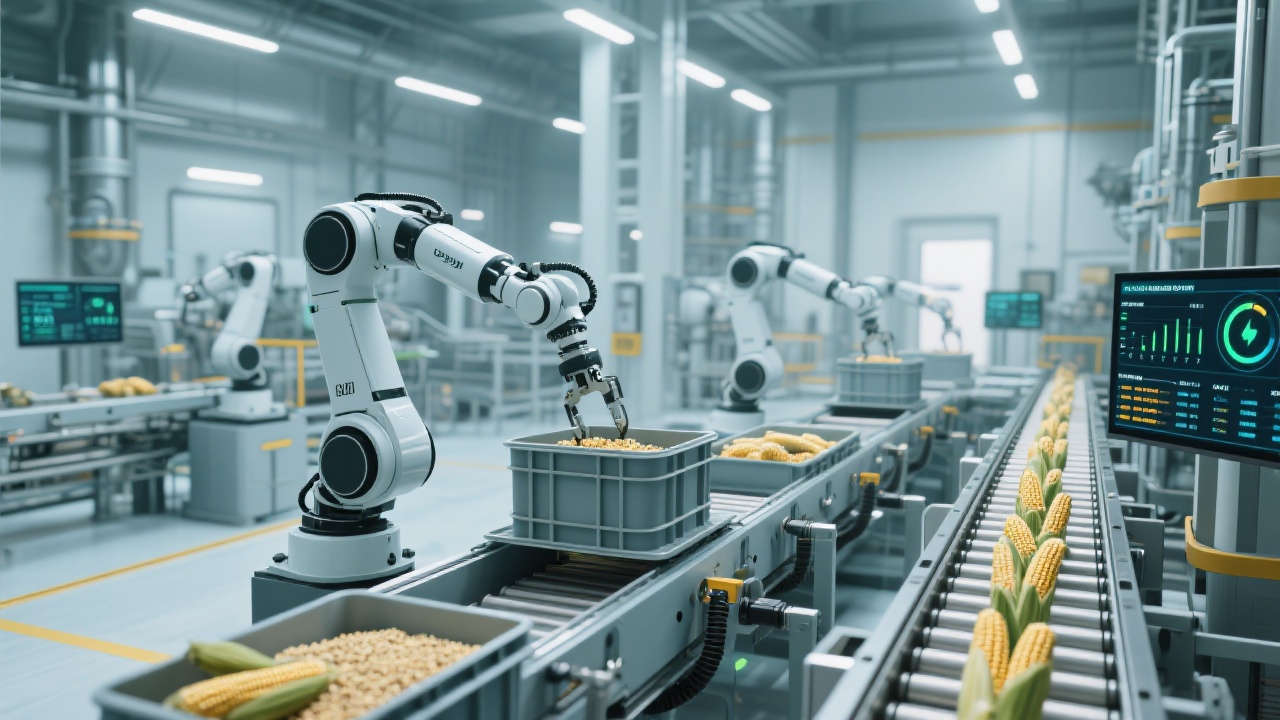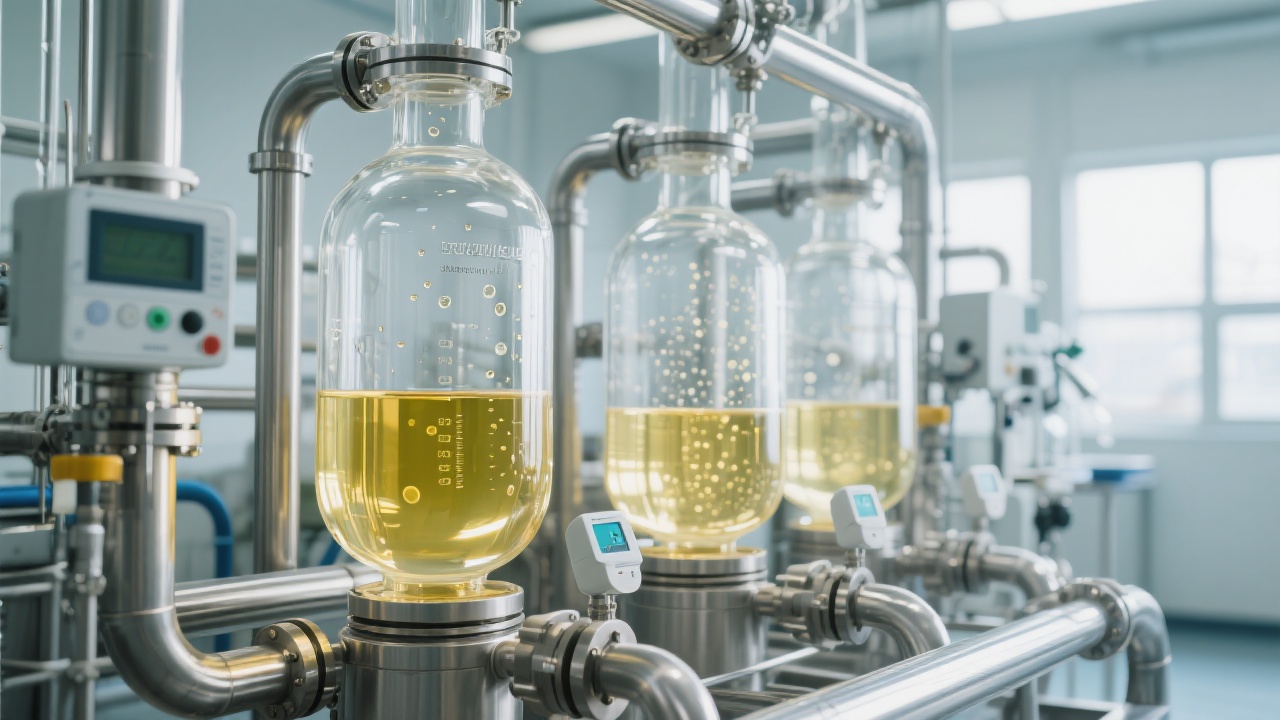
In the rice bran oil industry, the extrusion process plays a pivotal role in enhancing extraction efficiency and maximizing oil yield. Over the years working closely with manufacturers, we’ve observed that the core challenge lies not just in the equipment itself but in fine-tuning critical parameters such as temperature, pressure, and moisture. These variables directly influence the structural transformation of rice bran, thereby affecting subsequent solvent extraction stages.
Rice bran raw material contains tightly bound oil encapsulated within cellular matrices. The extrusion unit acts as a mechanical and thermal pre-treatment, softening and rupturing these structures. This step is crucial as it increases the surface area accessible to solvents in the next extraction phase, which can elevate oil recovery rates significantly—typically by 8% to 12% compared to direct solvent extraction.
The extrusion machine operates by applying high-pressure steam and mechanical shear forces to rice bran while precisely controlling moisture content. This duo of thermal and physical stress causes the disruption of cellular walls, releasing trapped oil. Imagine pressing and heating dough where gluten strands break apart, making it more malleable—similar physics applies to rice bran where cell membranes fracture under intense mechanical and thermal impact, enhancing oil liberation.
Furthermore, the sudden pressure drop as the material exits the extruder induces expansion, creating a porous structure. This expanded bran allows solvents to penetrate deeper and extract oil more efficiently, reducing solvent usage and processing time.

| Parameter | Optimal Operating Range | Impact on Extrusion & Oil Yield |
|---|---|---|
| Temperature | 110°C - 130°C | Ensures effective softening; higher temps risk oil degradation |
| Pressure | 15 - 25 MPa | Facilitates cell rupture; inadequate pressure reduces expansion |
| Moisture Content | 15% - 18% | Balanced moisture ensures proper plasticity and extrusion uniformity |
Mastering these three parameters can easily boost oil yield by 10% or more. Deviations from these optimal values often cause uneven extrusion, resulting in decreased extraction rates and increased operational costs.
When selecting the extrusion equipment, materials such as stainless steel offer superior corrosion resistance essential for handling acidic rice bran. Carbon steel, while cost-effective, may require additional treatments to mitigate wear and rust over time — a tradeoff between upfront investment and maintenance burden.
Structurally, dual-screw extruders generally provide more uniform shearing and superior control over processing parameters compared to single-screw variants, at the cost of slightly higher energy consumption. However, for high-volume plants aiming at consistent product quality, the energy tradeoff is justified by increased yield and reduced downtime.

A Southeast Asian rice bran oil producer faced recurrent issues with inconsistent extrusion, causing average oil yields to stagnate at 18%. By recalibrating extrusion temperature to 120°C, increasing pressure to 22 MPa, and adjusting moisture content within the 16%–17% window, the factory observed a yield increase to 20.5% within a quarter.
Complementing these changes, a switch from carbon steel single-screw extruders to stainless steel double-screw models significantly improved processing stability and lowered energy consumption by about 7%. This translated into tangible cost savings and enhanced product consistency.

With rising environmental regulations and demand for eco-efficient production, extrusion equipment designs are evolving. Emphasis on energy recovery systems, zero-waste processing, and integration with IoT-enabled sensors allows real-time monitoring and fine-tuning of extrusion parameters.
Such smart extruders not only optimize oil yield but reduce carbon footprint, aligning with sustainable production goals—a must-have in future-proof rice bran oil manufacturing.
To sum up, understanding and controlling the extrusion process for rice bran oil is fundamental to maximizing oil recovery and operational efficiency. Key takeaways include:
After all, this is not just about equipment — it’s about transforming your rice bran oil production line into a powerful profit growth engine.
Have you encountered issues with uneven extrusion causing oil yield decline in your production? Share your specific challenges with us, and we’ll provide you with tailored case studies and solution blueprints from peers in your industry.

